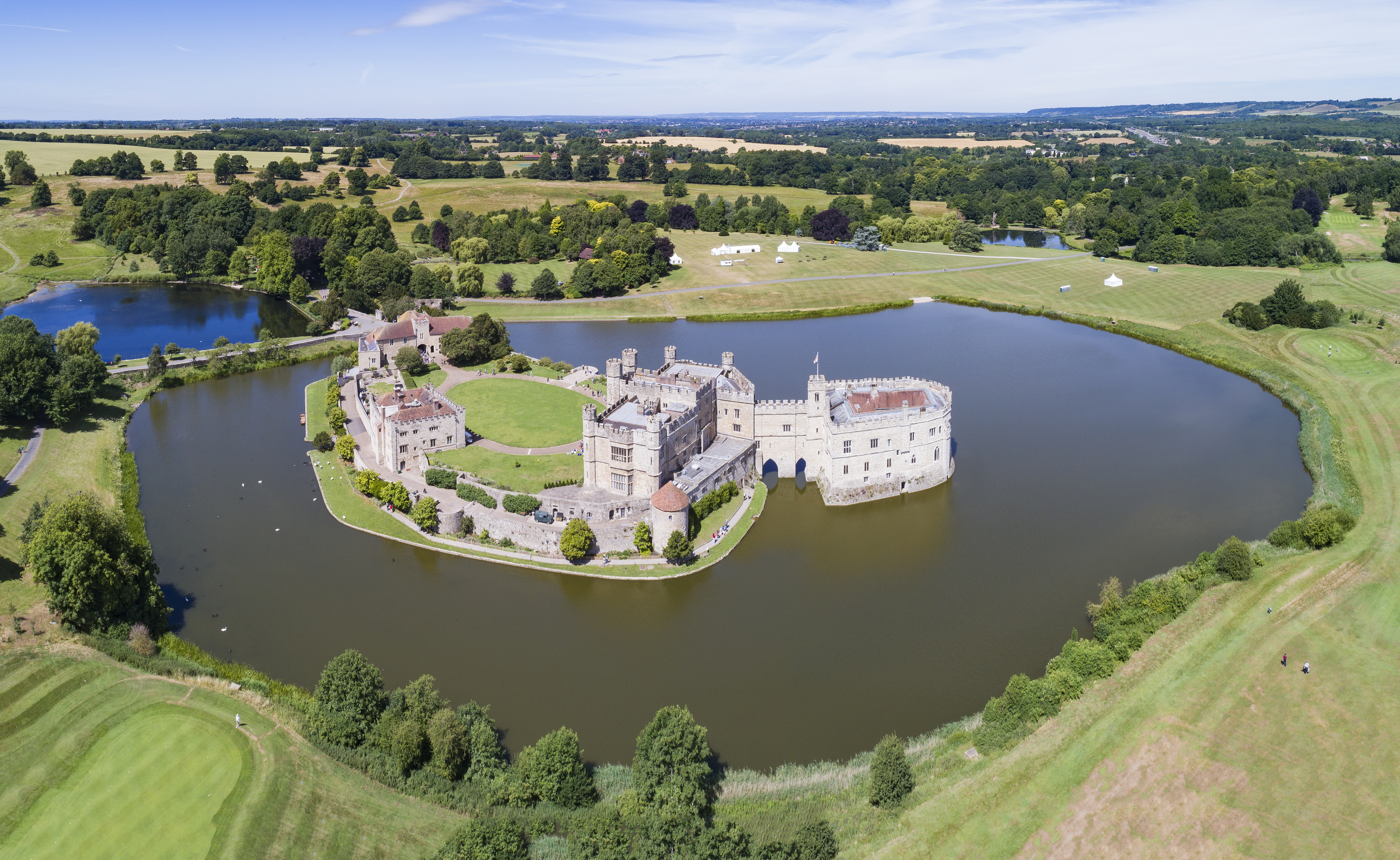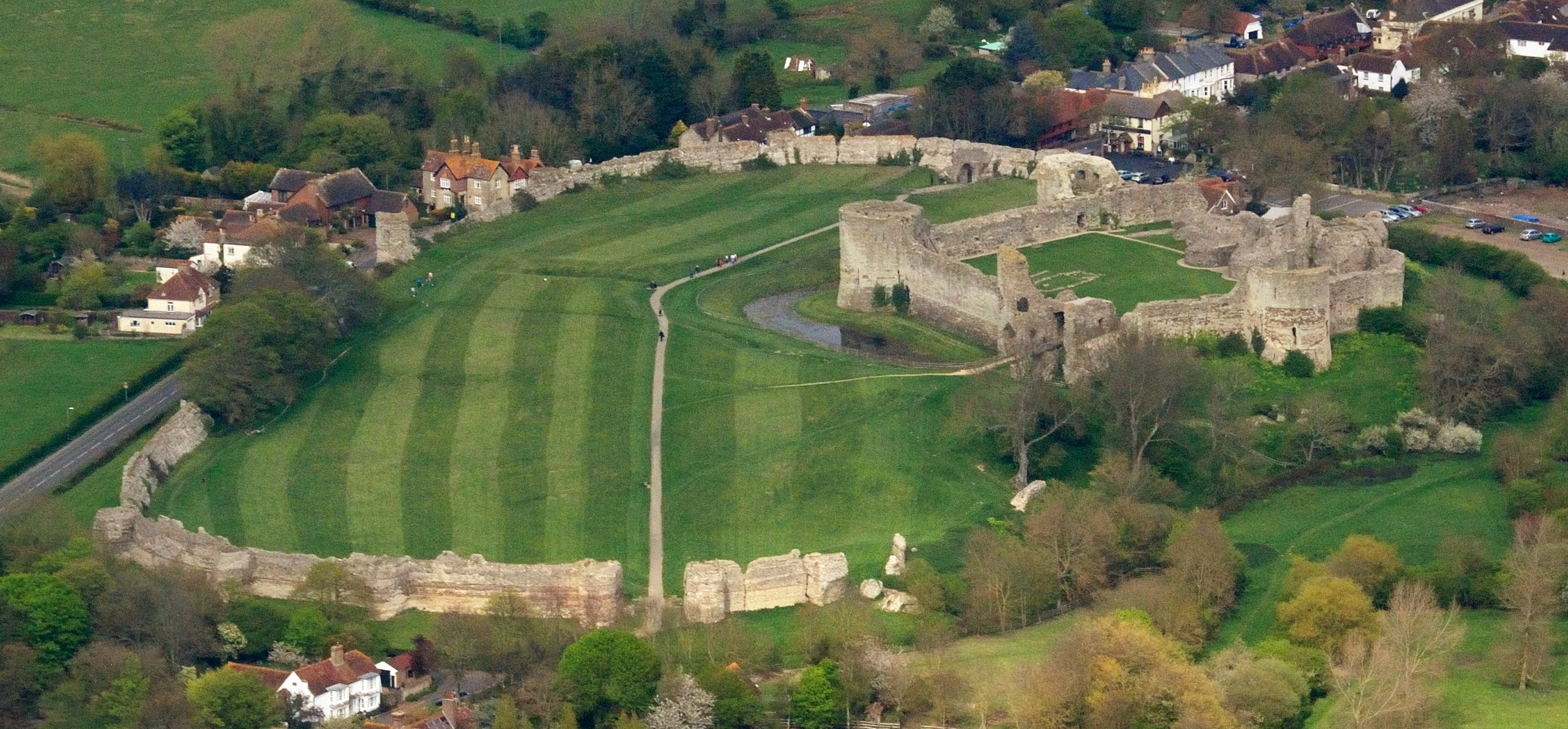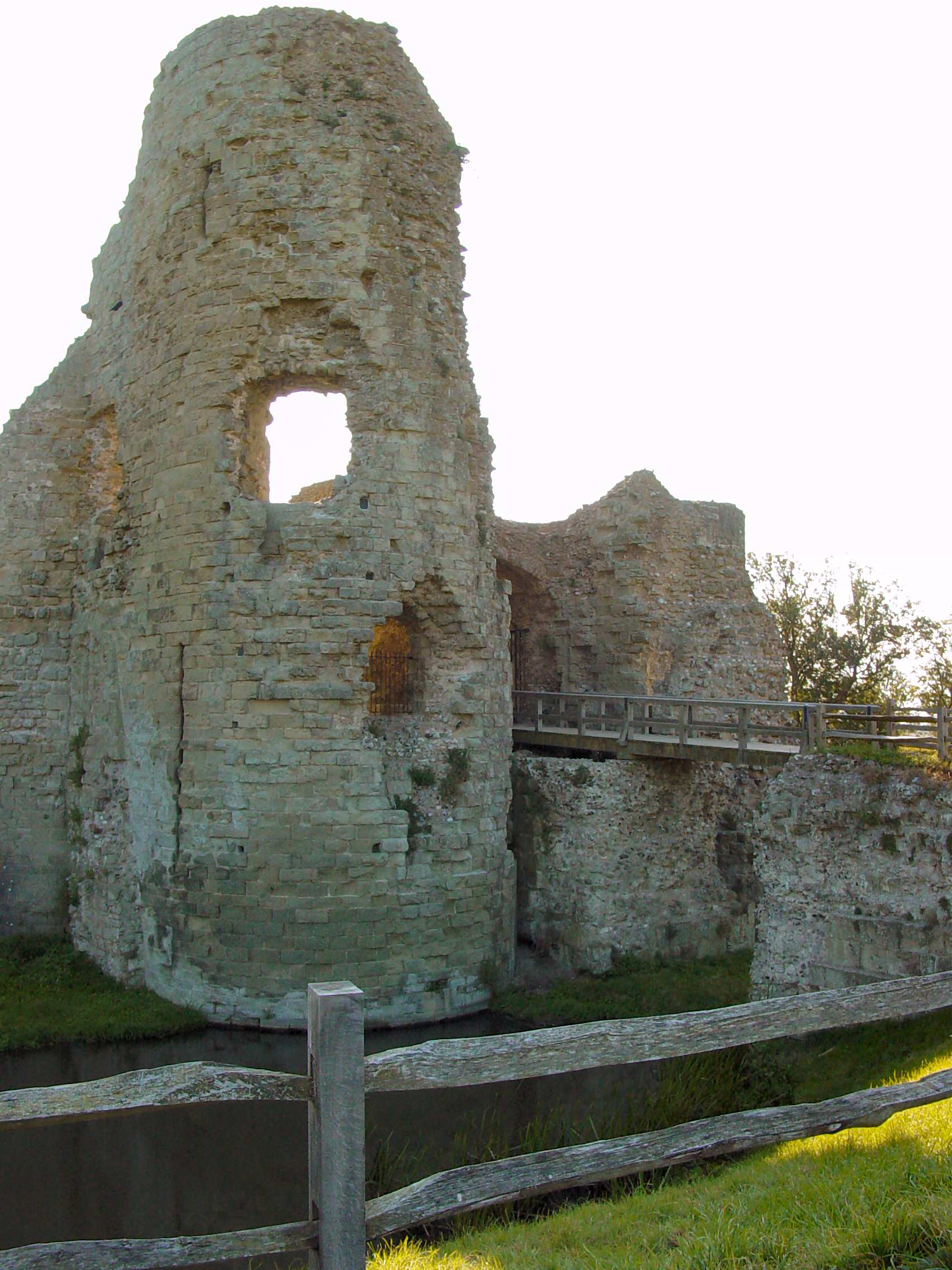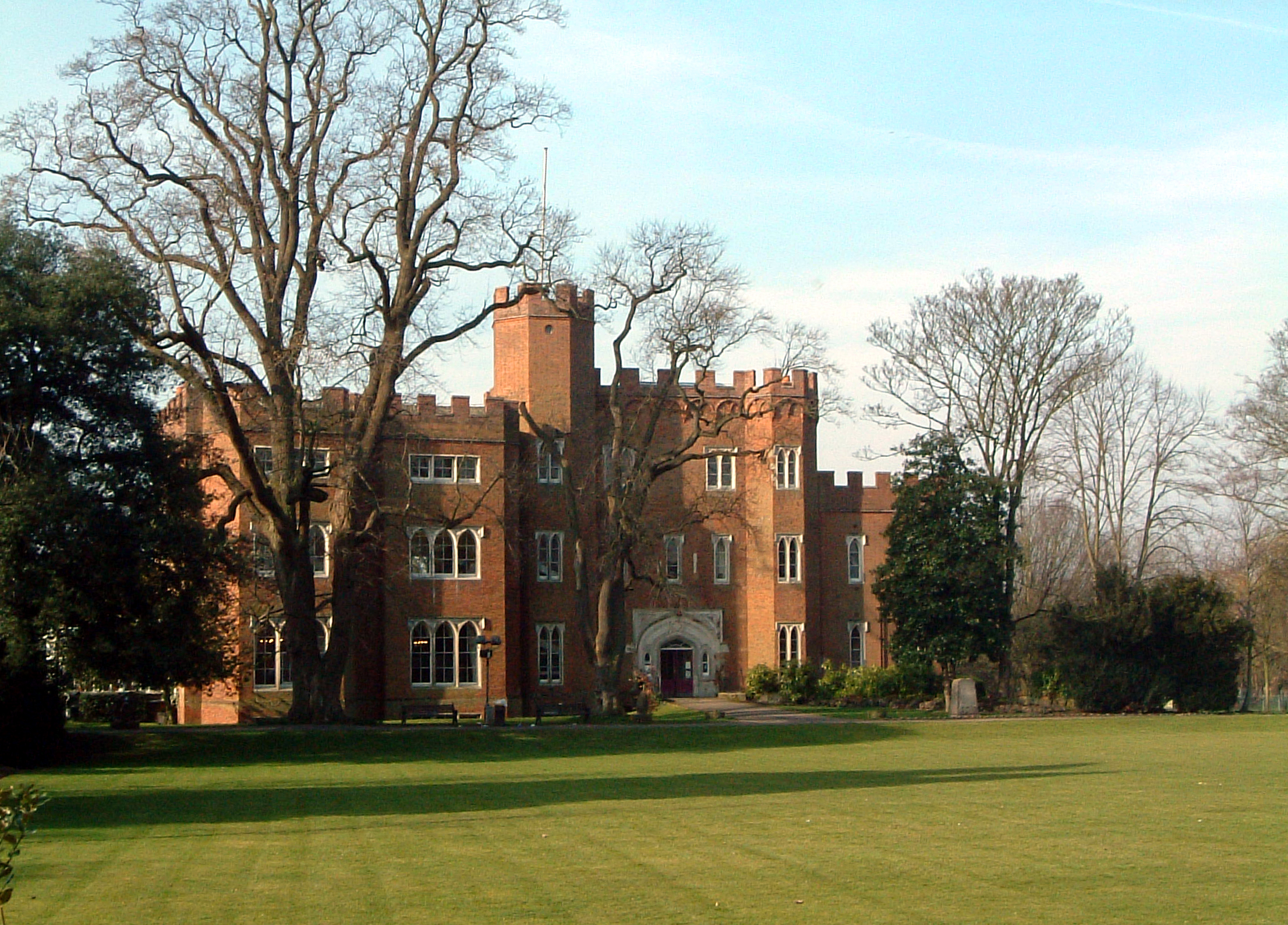|
Joan Of Navarre, Queen Of England
Joan of Navarre, also known as Joanna ( – 10 June 1437) was Duchess of Brittany by marriage to Duke John IV and later Queen of England as the second wife of King Henry IV. She served as regent of Brittany from 1399 until 1403 during the minority of her son. She also served as regent of England during the absence of her stepson, Henry V, in 1415.Strickland, Agnes. Lives of the Queens of England From The Norman Conquest. — L.: Bell and Daldy, 1864. — Т. I (I/VI). — pp. 455–496. Four years later he imprisoned her and confiscated her money and land. Joan was released in 1422, shortly before Henry V's death. Joan was a daughter of King Charles II of Navarre and Joan of France. Duchess of Brittany On 2 October 1386, Joan married her first husband, Duke John IV of Brittany (known in traditional English sources as John V). She was his third wife and the only one with whom he had children. John IV died on 1 November 1399 and was succeeded by his and Joan's son, John V. ... [...More Info...] [...Related Items...] OR: [Wikipedia] [Google] [Baidu] |
Duchess Consort Of Brittany
A royal consort is the spouse of a ruling monarch. Consorts of monarchs in the Duchy of Brittany and its predecessor states had no constitutional status or power, but many had significant influence over their spouse. Listed are the wives of the Dukes of Brittany (some of whom claimed the title of King of Brittany) who were styled Duchesses of Brittany. Although there were six suo jure Duchesses of Brittany, the husbands of those duchesses were jure uxoris dukes and not consorts. Brittany is no longer a duchy and the title is currently not being used by the defunct Royal Family of France, so the position of Duchess of Brittany is vacant. Little is known about the duchesses whose husbands reigned prior to the year 900 besides their names. Not all wives of the monarchs became consorts, as they may have died, been divorced, or had their marriage declared invalid prior to their husband's accession to the throne, or married him after his abdication. Such cases include * Beatrice of ... [...More Info...] [...Related Items...] OR: [Wikipedia] [Google] [Baidu] |
List Of English Consorts
The English royal consorts listed here were the spouses of the reigning monarchs of the Kingdom of England, excluding the joint rulers, Mary I and Philip who reigned together in the 16th century, and William III and Mary II who reigned together in the 17th century. Most of the consorts were women, and enjoyed titles and honours pertaining to a queen consort; some few were men, whose titles were not consistent, depending upon the circumstances of their spouses' reigns. The Kingdom of England merged with the Kingdom of Scotland in 1707, to form the Kingdom of Great Britain. There have thus been no consorts of England since that date. House of Wessex, 886–1013 House of Denmark, 1013–1014 House of Wessex (restored, first time), 1014–1016 House of Denmark (restored), 1016–1042 House of Wessex (restored, second time), 1042–1066 House of Normandy, 1066–1135, & 1141 In 1066, the Duke of Normandy, William, killed King Harold II of England at the battle of Hast ... [...More Info...] [...Related Items...] OR: [Wikipedia] [Google] [Baidu] |
Leeds Castle
Leeds Castle is a castle in Kent, England, southeast of Maidstone. It is built on islands in a lake formed by the River Len to the east of the village of Leeds. A castle has existed on the site since 857. In the 13th century, it came into the hands of King Edward I, for whom it became a favourite residence; in the 16th century, Henry VIII used it as a dwelling for his first wife, Catherine of Aragon. The present castle dates mostly from the 19th century. It has been open to the public since 1976. History Medieval and Tudor From 857, the site was owned by a Saxon chief called Led or Leed who built a wooden structure on two islands in the middle of the River Len. In 1119, Robert de Crevecoeur rebuilt it in stone as a Norman stronghold and Leeds Castle descended through the de Crevecoeur family until the 1260s. What form this Norman stronghold took is uncertain because it was rebuilt and transformed in the following centuries. Adrian Pettifer speculates that it may hav ... [...More Info...] [...Related Items...] OR: [Wikipedia] [Google] [Baidu] |
Pevensey Castle
Pevensey Castle is a medieval castle and former Roman Saxon Shore fort at Pevensey in the English county of East Sussex. The site is a scheduled monument in the care of English Heritage and is open to visitors. Built around 290 AD and known to the Romans as ''Anderitum'', the fort appears to have been the base for a fleet called the ''Classis Anderidaensis''. The reasons for its construction are unclear; long thought to have been part of a Roman defensive system to guard the British and Gallic coasts against Saxon pirates, it has more recently been suggested that ''Anderitum'' and the other Saxon Shore forts were built by a usurper in an ultimately unsuccessful attempt to prevent Rome from reimposing its control over Britain. ''Anderitum'' fell into ruin following the end of the Roman occupation but was reoccupied in 1066 by the Normans, for whom it became a key strategic bulwark. A stone keep and fortification was built within the Roman walls and faced several sieges. Althoug ... [...More Info...] [...Related Items...] OR: [Wikipedia] [Google] [Baidu] |
Pevensey Castle-09
Pevensey ( ) is a village and civil parish in the Wealden district of East Sussex, England. The main village is located north-east of Eastbourne, one mile (1.6 km) inland from Pevensey Bay. The settlement of Pevensey Bay forms part of the parish. It was here that William the Conqueror made the landing in his invasion of England in 1066 after crossing the English Channel from Normandy. Geography Pevensey is situated on a spur of sand and clay, about above sea level. In Roman times this spur was a peninsula that projected into a tidal lagoon and marshes. A small river, Pevensey Haven, runs along the north side of the peninsula and would originally have discharged into the lagoon, but is now largely silted up. The lagoon extended inland as far north as Hailsham and eastwards to Hooe. With the effect of longshore drift this large bay was gradually cut off from the sea by shingle, so that today's marshes are all that remain behind the shingle beach. The marshes, known as ... [...More Info...] [...Related Items...] OR: [Wikipedia] [Google] [Baidu] |
Hertford Castle
Hertford Castle was built in Norman times by the River Lea in Hertford, the county town of Hertfordshire, England. Most of the internal buildings of the castle have been demolished. The main surviving section is the Tudor gatehouse, which is a Grade I listed building. Parts of the bailey walls on the east side of the castle also still stand, and are a Grade II* listed building. History Medieval history Hertford Castle was built on a site first fortified by Edward the Elder around 913. By the time of the Norman Invasion in 1066, a motte and bailey were on the site surrounded by a moat. William the Conqueror granted the castle to Peter de Valognes, the High Sheriff of Essex and Hertfordshire. Henry II took a great interest in the castle and its potential and it was practically reconstructed between 1170 and 1174. This included the building of the flint walls, drawbridges and gatehouses. The castle was further strengthened during the reign of Richard I by his regent, William ... [...More Info...] [...Related Items...] OR: [Wikipedia] [Google] [Baidu] |
Berkhamsted Castle
Berkhamsted Castle is a Norman motte-and-bailey castle in Berkhamsted, Hertfordshire. The castle was built to obtain control of a key route between London and the Midlands during the Norman conquest of England in the 11th century. Robert of Mortain, William the Conqueror's half brother, was probably responsible for managing its construction, after which he became the castle's owner. The castle was surrounded by protective earthworks and a deer park for hunting. The castle became a new administrative centre of the former Anglo-Saxon settlement of Berkhamsted. Subsequent kings granted the castle to their chancellors. The castle was substantially expanded in the mid-12th century, probably by Thomas Becket. The castle was besieged in 1216 during the civil war between King John and rebellious barons, who were supported by France. It was captured by Prince Louis, the future Louis VIII, who attacked it with siege engines for twenty days, forcing the garrison to surrender. Afte ... [...More Info...] [...Related Items...] OR: [Wikipedia] [Google] [Baidu] |
Wallingford Castle
Wallingford Castle was a major medieval castle situated in Wallingford in the English county of Oxfordshire (historically Berkshire), adjacent to the River Thames. Established in the 11th century as a motte-and-bailey design within an Anglo-Saxon ''burgh'', it grew to become what historian Nicholas Brooks has described as "one of the most powerful royal castles of the 12th and 13th centuries". Held for the Empress Matilda during the civil war years of the Anarchy, it survived multiple sieges and was never taken. Over the next two centuries it became a luxurious castle, used by royalty and their immediate family. After being abandoned as a royal residence by Henry VIII, the castle fell into decline. Refortified during the English Civil War, it was eventually slighted, i.e. deliberately destroyed, after being captured by Parliamentary forces after a long siege. The site was subsequently left relatively undeveloped, and the limited remains of the castle walls and the considerable ... [...More Info...] [...Related Items...] OR: [Wikipedia] [Google] [Baidu] |
Windsor Castle
Windsor Castle is a royal residence at Windsor in the English county of Berkshire. It is strongly associated with the English and succeeding British royal family, and embodies almost a millennium of architectural history. The original castle was built in the 11th century, after the Norman invasion of England by William the Conqueror. Since the time of Henry I (who reigned 1100–1135), it has been used by the reigning monarch and is the longest-occupied palace in Europe. The castle's lavish early 19th-century state apartments were described by early 20th century art historian Hugh Roberts as "a superb and unrivalled sequence of rooms widely regarded as the finest and most complete expression of later Georgian taste".Hugh Roberts, ''Options Report for Windsor Castle'', cited Nicolson, p. 79. Inside the castle walls is the 15th-century St George's Chapel, considered by the historian John Martin Robinson to be "one of the supreme achievements of English P ... [...More Info...] [...Related Items...] OR: [Wikipedia] [Google] [Baidu] |
Henry V Of England
Henry V (16 September 1386 – 31 August 1422), also called Henry of Monmouth, was King of England and Lord of Ireland from 1413 until his death in 1422. Despite his relatively short reign, Henry's outstanding military successes in the Hundred Years' War against France made England one of the strongest military powers in Europe. Immortalised in Shakespeare's " Henriad" plays, Henry is known and celebrated as one of the greatest warrior-kings of medieval England. During the reign of his father Henry IV, Henry gained military experience fighting the Welsh during the revolt of Owain Glyndŵr and against the powerful aristocratic Percy family of Northumberland at the Battle of Shrewsbury. Henry acquired an increased role in England's government due to the king's declining health, but disagreements between father and son led to political conflict between the two. After his father's death in 1413, Henry assumed control of the country and asserted the pending English clai ... [...More Info...] [...Related Items...] OR: [Wikipedia] [Google] [Baidu] |
Winchester Cathedral
The Cathedral Church of the Holy Trinity,Historic England. "Cathedral Church of the Holy Trinity (1095509)". '' National Heritage List for England''. Retrieved 8 September 2014. Saint Peter, Saint Paul and Saint Swithun, commonly known as Winchester Cathedral, is the cathedral of the city of Winchester, England, and is among the largest of its kind in Northern Europe. The cathedral is the seat of the Bishop of Winchester and is the mother church for the ancient Diocese of Winchester. It is run by a dean and chapter, under the Dean of Winchester. The cathedral as it stands today was built from 1079 to 1532 and is dedicated to numerous saints, most notably Swithun of Winchester. It has a very long and very wide nave in the Perpendicular Gothic style, an Early English retrochoir, and Norman transepts and tower. With an overall length of , it is the longest medieval cathedral in the world, and only surpassed by the more recent churches of St Peter's Basilica in Rome, Basi ... [...More Info...] [...Related Items...] OR: [Wikipedia] [Google] [Baidu] |
Arms Of Joan Of Navarre
Arms or ARMS may refer to: * Arm or arms, the upper limbs of the body Arm, Arms, or ARMS may also refer to: People * Ida A. T. Arms (1856–1931), American missionary-educator, temperance leader Coat of arms or weapons *Armaments or weapons ** Firearm **Small arms *Coat of arms **In this sense, "arms" is a common element in pub names Enterprises * Amherst Regional Middle School * Arms Corporation, originally named Dandelion, a defunct Japanese animation studio who operated from 1996 to 2020 *TRIN (finance) or Arms Index, a short-term stock trading index *Australian Relief & Mercy Services, a part of Youth With A Mission Arts and entertainment *ARMS (band), an American indie rock band formed in 2004 * ''Arms'' (album), a 2016 album by Bell X1 * "Arms" (song), a 2011 song by Christina Perri from the album ''lovestrong'' * ''Arms'' (video game), a 2017 fighting video game for the Nintendo Switch *ARMS Charity Concerts, a series of charitable rock concerts in support of Action in ... [...More Info...] [...Related Items...] OR: [Wikipedia] [Google] [Baidu] |









.jpg)
